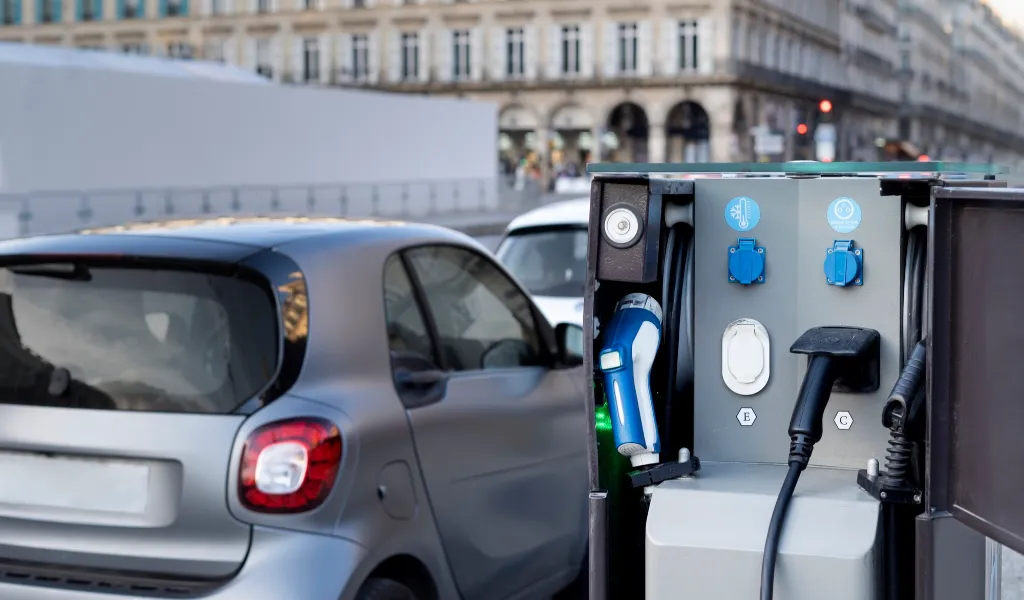EV Charging Integrated into Urban Mobility Hubs
Cities worldwide are rethinking mobility, moving away from car-centric planning toward multi-modal ecosystems. A growing trend is the integration of electric vehicle (EV) charging infrastructure into urban mobility hubs, where different modes of transport — buses, bikes, trains, and EVs — converge.
Why Mobility Hubs Matter
Mobility hubs simplify commuting by allowing passengers to switch between transport modes in one place. Adding EV charging strengthens this concept, giving drivers the ability to park, charge, and connect to public transport in a seamless way.
Benefits for Cities and Citizens
-
Reduced Congestion: Encourages drivers to leave cars while charging and use public transport.
-
Sustainability: Promotes greener travel by linking EV adoption with low-emission transit.
-
Efficiency: Maximises land use by combining parking, charging, and transport services.
Examples in Practice
European cities like Amsterdam and Munich are already piloting integrated hubs where EV charging is a central feature. These projects highlight how shared spaces improve accessibility and accelerate the energy transition.
Click&Plug’s Vision
Click&Plug designs solutions that align with the mobility hub model, combining smart charging with real-time data systems. This ensures that cities can offer infrastructure that is not only efficient but also citizen-focused.
Urban mobility hubs are the backbone of smart cities — and EV charging is becoming their essential component.

